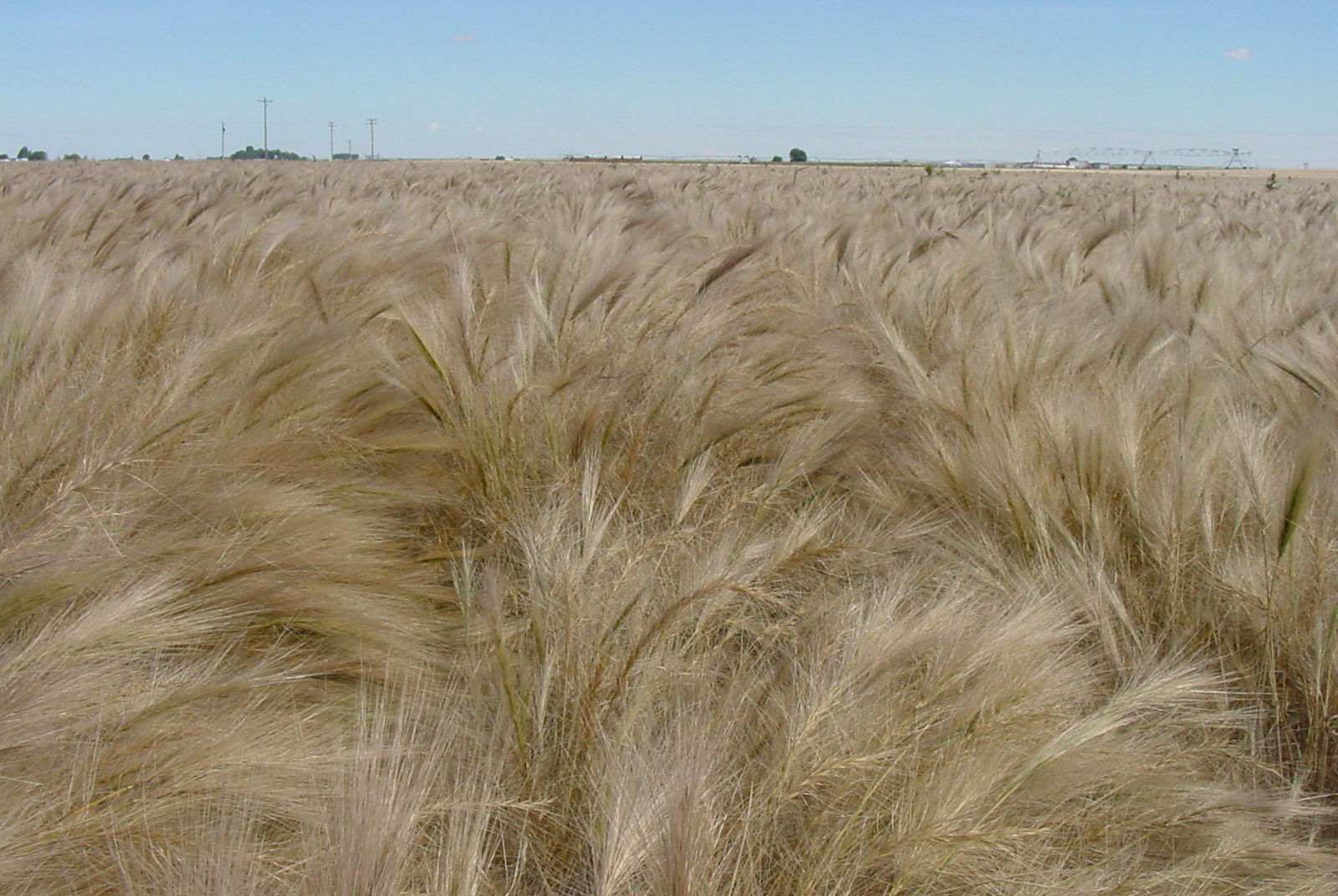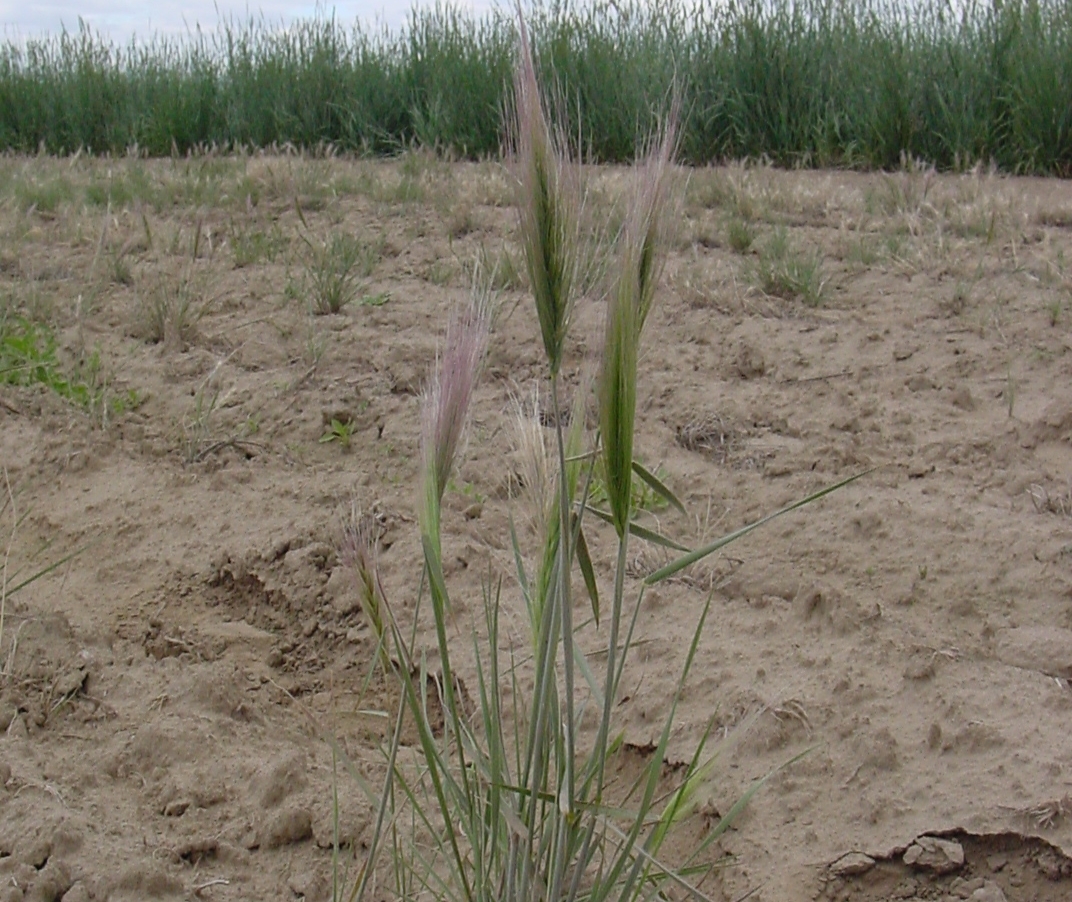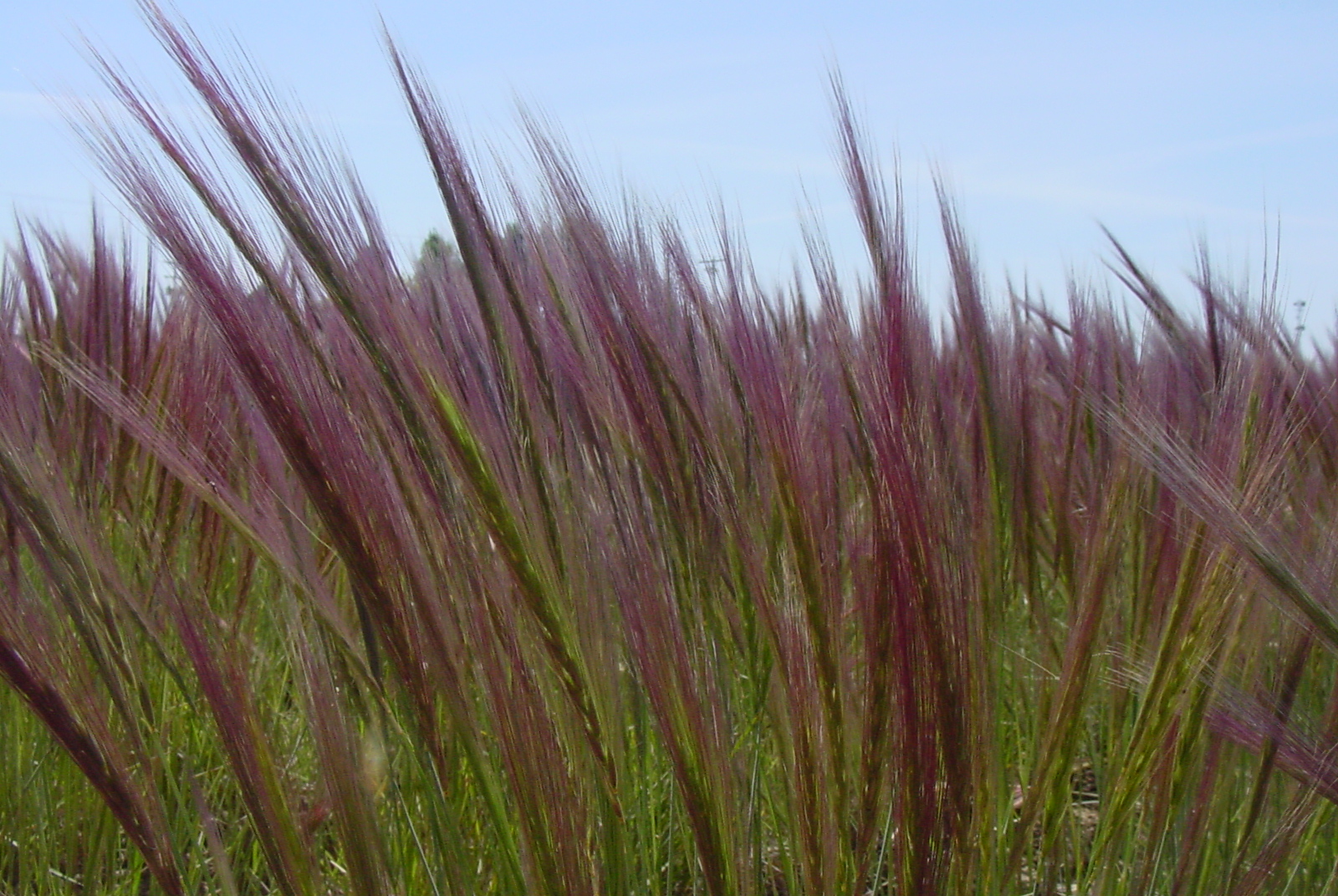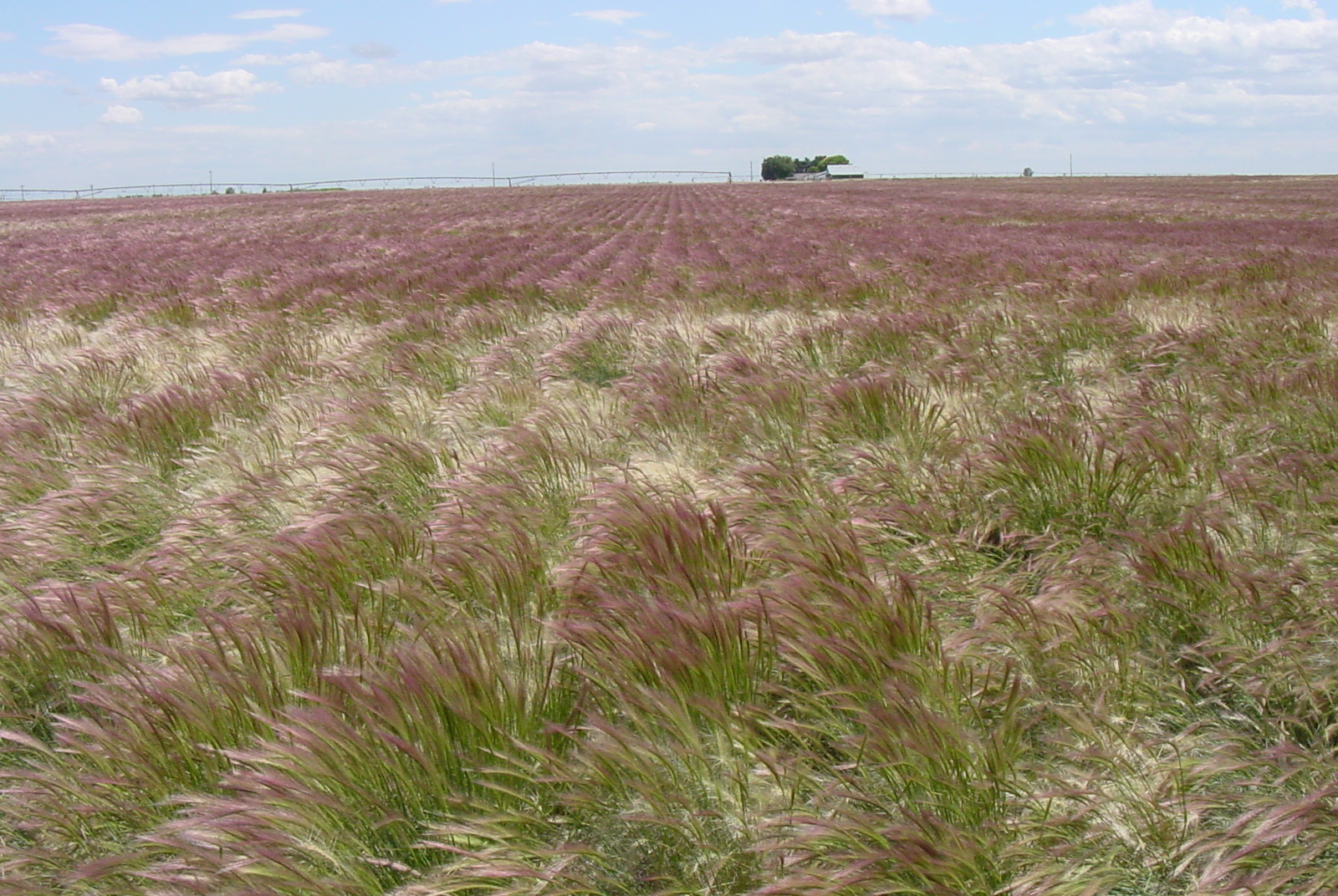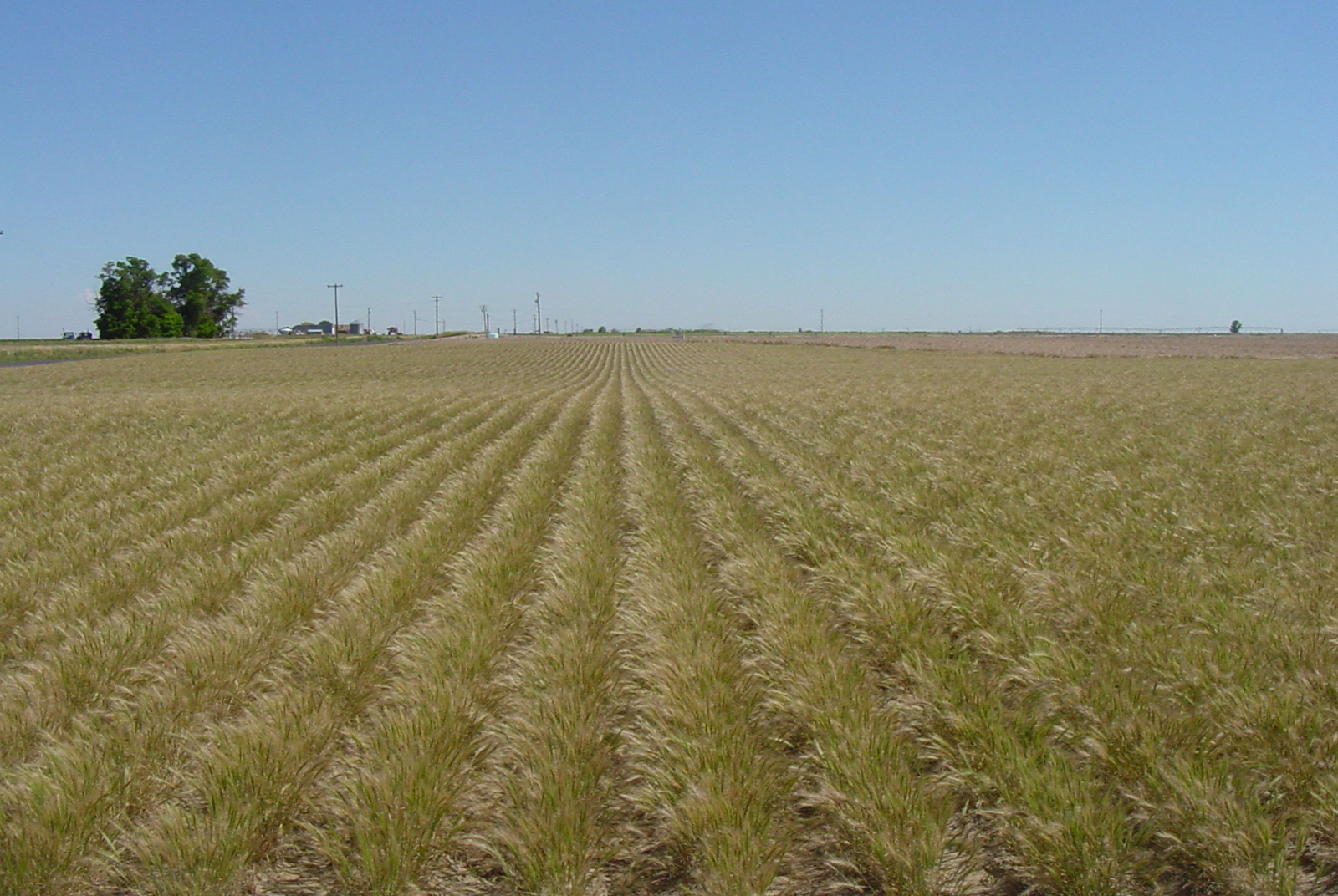Elymus elymoides (Bottlebrush squirreltail)
Formerly Sitanion hystrix. Cool season, shortlived, perennial native bunchgrass found on both deep and shallow soils. Very drought tolerant. Easy to establish and often behaves as a pioneer species on disturbed sites. Extremely fire tolerant. Grows in a wide range of habitats from shadscale communities to alpine tundra. Provides good winter and spring forage to grazing animals. Especially useful for revegetation of drastically disturbed sites. Varieties listed below.
DISTRIBUTION / ADAPTATION
INFORMATION & ATTRIBUTES
Family: Poaceae
Duration: Perennial
Growth Habit: Graminoid
Native Status: Native, long-lived
Season: Cool
Growth Form: Bunchgrass
Mature Height: 30 in.
Annual Precipitation: 5-16 in.
Drought Tolerance: High
Shade Tolerance: Intolerant
Elevation: 2,000-11,000 ft
Wetland Indicator Status: FACU
Fire Resistance: No
Fire Tolerance: Medium
SOIL ADAPTATION
Coarse Texture: No
Medium Texture: Yes
Fine Texture: Yes
Salinity Tolerance: Low
CaCO3 Tolerance: High
pH Range: 6.0-8.4
SEEDING NOTES
Seeds per Pound: 192,000
Seeding Rate: 7 PLS lbs/acre
Season: Fall
Days to Germination:
VARIETIES & LOCAL ACCESSIONS
Antelope Creek - Adapted specifically for the western Blue Mountains and slopes and foothills of the eastern Cascades of central Oregon. High seed yield relative to other accessions collected in central Oregon. (Released 2009)
CRNG - Source Identified selection from Crooked River National Grasslands in Jefferson County, OR averaging 10-14 in. annual precipitation.
Fish Creek - Originated in the Snake River Plain. Rapid seedling emergence and the latest heading-out date compared to other populations. Primarily used in restoration mixes. (Released 2003)
Pleasant Valley - High seed yields and adapted to the eastern Blue Mountains of Oregon, Washington and Idaho. (Released 2010)
Pueblo - Collected at an elevation of 7,200 ft. in shallow, gravelly soils. Intended for erosion control, native forage and various conservation applications. (Released 2005)
Rattlesnake - Originates in the Snake River Plain, selected for biomass, number of seedheads and height. (Released 2007)
Toe Jam Creek - Greater seed mass and seedling vigor than earlier releases. Less robust awn making the seed more amenable to de-bearding, resulting in less damage from conditioning compared to earlier releases. (Released 2003)
Turkey Lake - Released to make available material originating from the greater Twin Falls, ID area. (Released 2015)


